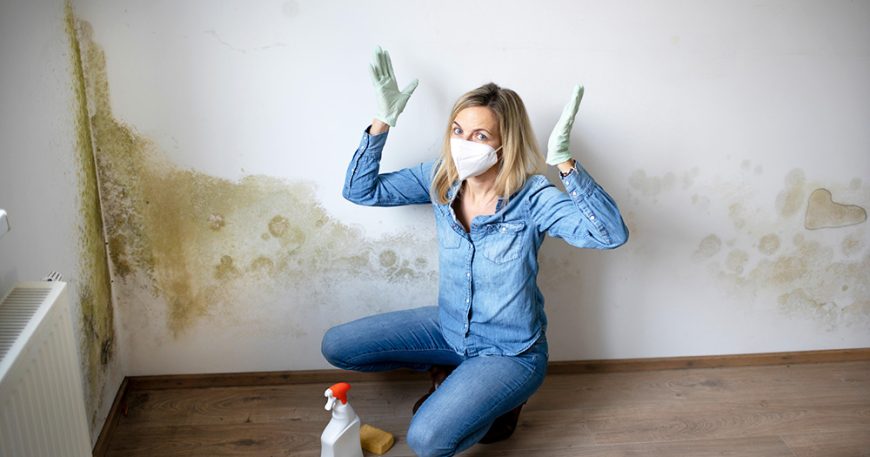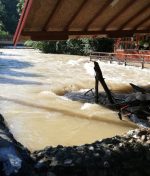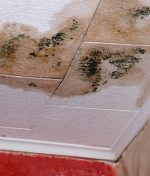How Can You Protect Your Home Against Flash Floods?

- July 3, 2025
- byadmin
- Flood Restoration
Flash floods can happen in minutes, leaving homeowners overwhelmed and unprepared. These sudden surges of water are often caused by intense rainfall, poor drainage systems, or nearby water sources overflowing. In San Diego, the terrain and periodic heavy storms mean flash flooding is a real concern—especially for homes in low-lying or coastal areas.
The good news is that there are proactive steps you can take to reduce your risk. Protecting your home from flash floods doesn’t require a massive overhaul. With the right strategies, you can significantly lower the chances of damage to your property and keep your family safe.
Understand Your Risk Level
The first step in protecting your home is understanding how vulnerable it is to flash flooding. If your home is in or near a floodplain, near a hill or slope, or if you’ve experienced pooling water after past storms, you’re at higher risk.
Check FEMA’s flood maps to see if your property falls within a high-risk zone. Also, observe how water behaves around your home during moderate rainfall—do certain areas puddle quickly? Are your gutters overflowing? Recognizing the signs helps you act before a major event strikes.
Elevate and Seal Critical Areas
One of the most effective ways to protect your home is by elevating and sealing vulnerable areas.
- Raise appliances and HVAC units off the floor in basements or crawl spaces.
- Seal foundation cracks and any visible entry points where water could seep in.
- Install a sump pump with battery backup to drain water from the lowest level of your home.
- Use water-resistant materials in basements or ground-floor rooms to limit damage.
These simple upgrades can reduce long-term repair costs if flooding occurs.
Improve Drainage Around Your Property
Floodwaters tend to collect where drainage is poor. Inspect your yard and make changes to encourage proper water flow away from your home.
- Make sure the ground slopes away from your foundation.
- Clean gutters and downspouts regularly to prevent water overflow.
- Extend downspouts at least six feet from your house.
- Install French drains or swales to redirect surface water.
If you notice water pooling near your home during heavy rain, act quickly. Poor yard grading and clogged drainage are two of the biggest causes of water entering homes during flash floods.
Install Flood Barriers and Shields
Flood barriers provide an effective first line of defense during severe weather.
- Use sandbags or water-activated flood barriers around doorways and vulnerable entry points.
- Install flood shields on basement windows and door wells.
- For high-risk homes, consider permanent flood gates or automatic flood vents that allow water to pass through without pressure building up on walls.
These can be deployed quickly when you know a storm is approaching and can prevent thousands of dollars in damage.
Protect Your Electrical and Plumbing Systems
Water and electricity are a dangerous mix. Prevent future hazards by raising or safeguarding electrical components.
- Move outlets, switches, and fuse boxes above expected flood levels.
- Secure water heaters, furnaces, and washer/dryer units.
- Install check valves in plumbing to prevent backflow from municipal sewers.
A professional can help assess the current location of your systems and recommend the safest configurations.
Create an Emergency Plan
Even with all the physical precautions, you still need a plan to protect your family and personal belongings.
- Store important documents in waterproof containers or keep digital backups in the cloud.
- Keep an emergency supply kit that includes flashlights, batteries, bottled water, first aid, and non-perishable food.
- Plan your evacuation route and know where to go if you need to leave quickly.
- If time permits, unplug electronics and move valuables to higher ground.
Preparation makes a difference when every second counts.
Consider Flood Insurance
Homeowner’s insurance policies typically do not cover flood damage. If you live in a flash flood-prone area, purchasing flood insurance through the National Flood Insurance Program (NFIP) or a private provider could save you financially.
Flood insurance doesn’t stop damage from happening—but it ensures you won’t face recovery alone.
After the Storm: Act Quickly
If your home does experience flooding, immediate action is critical. Water damage begins within minutes, and mold can form in as little as 24 to 48 hours. Do not attempt to clean large areas of water on your own, especially if electrical systems are affected.
Bring in professionals who specialize in flood restoration and mold remediation to prevent deeper damage and long-term health risks.
How we can help
At RAMM Water Restoration, we’ve seen how devastating flash floods can be for San Diego homeowners. But we’ve also seen how preparation—and compassionate restoration—can help families get back on their feet faster. Whether you need preventative help before a storm or emergency restoration after one, our team is here to respond quickly, treat you with empathy, and restore your space with care.
We specialize in flood damage restoration and mold remediation, using advanced tools to fully dry, clean, and sanitize affected areas. Most importantly, we approach every job with compassion—because we know your home is more than just a structure. It’s where your memories, safety, and comfort live.
If you’re concerned about flash flood risks or need help recovering from water damage, contact RAMM Water Restoration. We’re here to help protect what matters most—your home and peace of mind.









